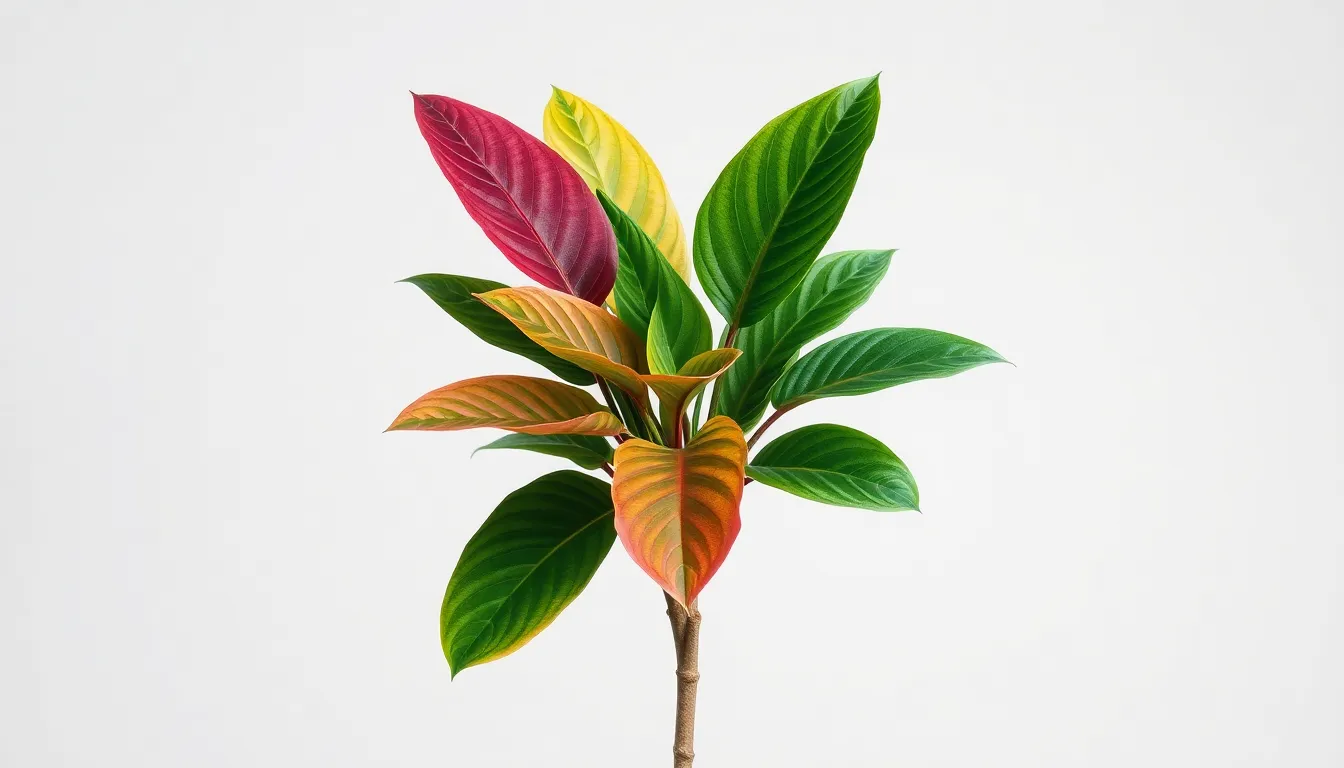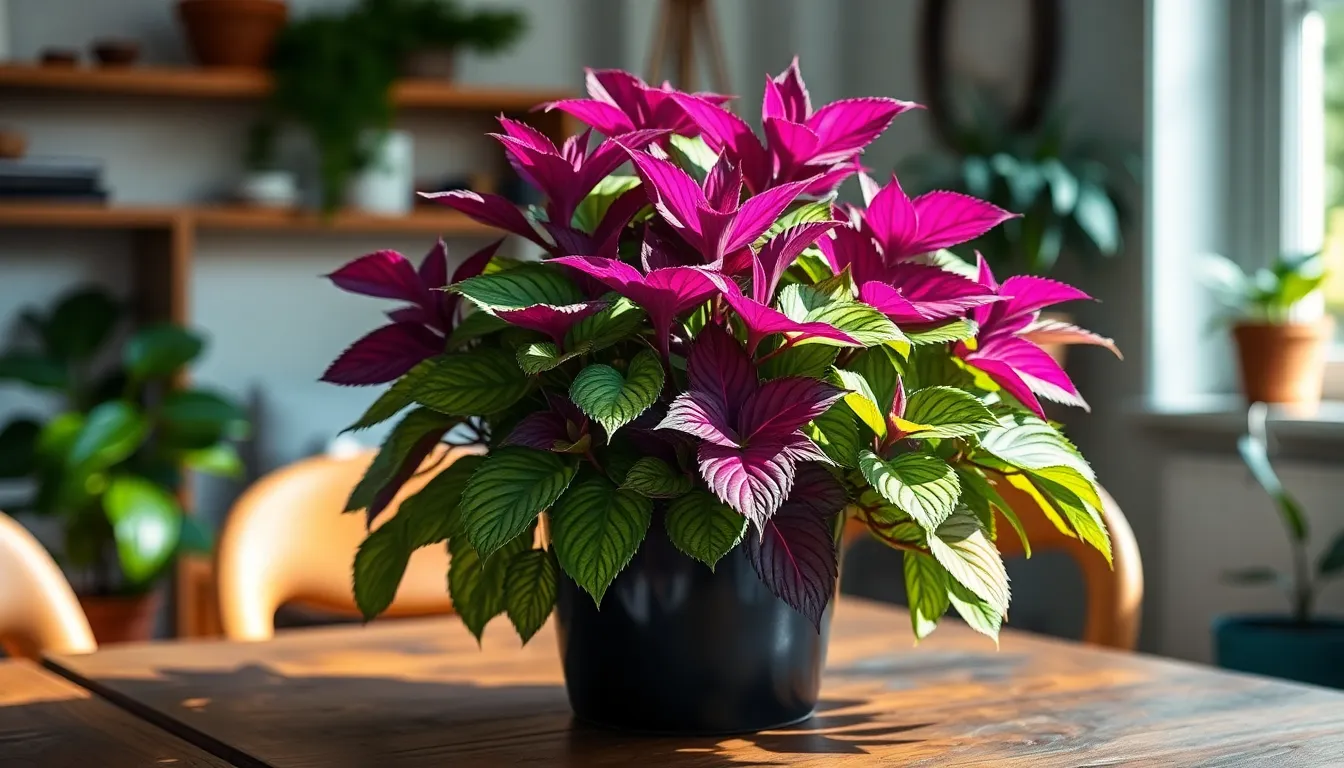In a world filled with quirky creatures and fascinating flora, potosterums steal the spotlight like the star of a one-hit wonder. These little marvels are not just another plant on the block; they’re the life of the party, combining charm with a dash of mystery. With their unique characteristics and vibrant colors, potosterums are sure to spark curiosity and maybe even a few laughs.
Imagine a plant that can brighten your day and bring a smile to your face—sounds like a dream, right? Well, potosterums are here to make that dream a reality. Whether you’re a seasoned gardener or just someone looking to add a splash of personality to your space, potosterums offer a delightful blend of beauty and whimsy. Dive in and discover why these botanical wonders deserve a spot in your heart (and your home).
Table of Contents
ToggleOverview of Potosterums
Potosterums are vibrant plants in the botanical world, known for their unique aesthetics and engaging personalities. Their distinct characteristics make them appealing to many plant lovers.
Definition and Characteristics
Potosterums refer to a group of plants recognized for their colorful foliage and unique shapes. Their leaves often display vibrant hues, ranging from deep greens to vivid purples. These plants thrive indoors, suitable for various environments. Anyone interested in low-maintenance greenery finds potosterums ideal due to their resilience against neglect. Some species can grow between 1 to 3 feet tall, making them perfect for tabletops or shelves.
Habitat and Distribution
Potosterums naturally inhabit tropical and subtropical regions. They flourish in areas with moderate humidity and indirect sunlight. Regions such as Central America and parts of Asia are common homes for these plants. Many varieties adapt well to indoor conditions, extending their distribution worldwide. Enthusiasts often cultivate them in homes, where they contribute to vibrant indoor gardens. Considering their resilience, potosterums thrive within diverse climates, making them suitable for various applications.
Biological Classification

Potosterums belong to a distinct category within the plant kingdom, showcasing unique traits and adaptations. Their classification provides insight into their ecological relationships.
Taxonomy of Potosterums
Potosterums fall under the family Araceae. This family includes a variety of flowering plants known for their characteristic shapes and vibrant foliage. The genus of potosterums is recognized for its colorful leaves and resilience, further categorizing them within the broader classification of flowering plants. Species within this genus exhibit diverse morphological characteristics, allowing potosterums to thrive in various environments.
Relation to Other Species
Potosterums share connections with other members of the Araceae family. These connections highlight their similarities in growth habits and environmental preferences. For instance, they relate closely to well-known species like philodendrons and anthuriums, which also display vibrant foliage and thrive in similar conditions. This relationship underlines their adaptability and enhances their appeal among enthusiasts for colorful indoor plants.
Importance of Potosterums
Potosterums play a vital role in both ecosystems and economies, contributing significantly to plant diversity and market demand.
Ecological Role
Potosterums contribute to local ecosystems by providing shelter and food for various insects. In addition to supporting pollinators, such as bees and butterflies, these plants enhance biodiversity in their native habitats. Their vibrant foliage attracts wildlife, establishing a balance within their ecosystems. Thriving in tropical and subtropical regions, potosterums adapt well to their surroundings, helping to stabilize soil and reduce erosion. These plants promote ecosystem health through photosynthesis, contributing to air quality and carbon sequestration. The presence of potosterums in gardens or indoor spaces fosters a connection to nature, enhancing environmental awareness.
Economic Significance
Potosterums hold substantial economic value in the ornamental plant market. Demand for these unique plants continues to grow, driven by their striking appearance and low maintenance needs. Retailers benefit from their popularity, often marking them as bestsellers among houseplants. They also appeal to interior designers looking for eye-catching greenery in space designs. Nurseries and garden centers often prioritize potosterums in their inventories, responding to consumer trends. Given their vibrant colors and ability to thrive indoors, these plants represent a lucrative investment for growers. As enthusiasts seek innovative ways to improve indoor aesthetics, the market for potosterums is likely to expand further.
Conservation Status
Potosterums face several challenges that threaten their survival.
Threats to Potosterums
Habitat loss poses a significant risk to potosterums. Deforestation for agricultural expansion reduces their natural environments. Climate change further exacerbates these threats, leading to alterations in temperature and humidity that potosterums cannot adapt to quickly enough. Invasive species compete for resources, diminishing their chances for growth. Additionally, over-collection for the ornamental plant market also contributes to their declining populations. Each of these factors works synergistically, increasing the urgency for conservation efforts.
Conservation Efforts
Conservation organizations actively work to protect potosterums. Initiatives focus on restoring natural habitats to support local ecosystems. Researchers conduct studies to increase knowledge about potosterum growth and resilience. Cultivation programs promote sustainable practices among growers, ensuring that potosterums thrive in controlled environments without depleting wild populations. Partnerships with local communities foster awareness about the importance of preserving these plants. Educational campaigns highlight potosterums’ ecological and economic significance, encouraging responsible stewardship of these vibrant flora.
Potosterums are more than just attractive houseplants; they embody a blend of beauty and ecological importance. Their vibrant foliage and adaptability make them ideal for indoor spaces while contributing positively to the environment. As interest in these unique plants grows, so does the need for sustainable practices to ensure their survival. By embracing potosterums, individuals can not only enhance their living spaces but also support conservation efforts that protect these remarkable plants for future generations. With the right care and attention, potosterums can thrive and bring joy to homes around the world.








